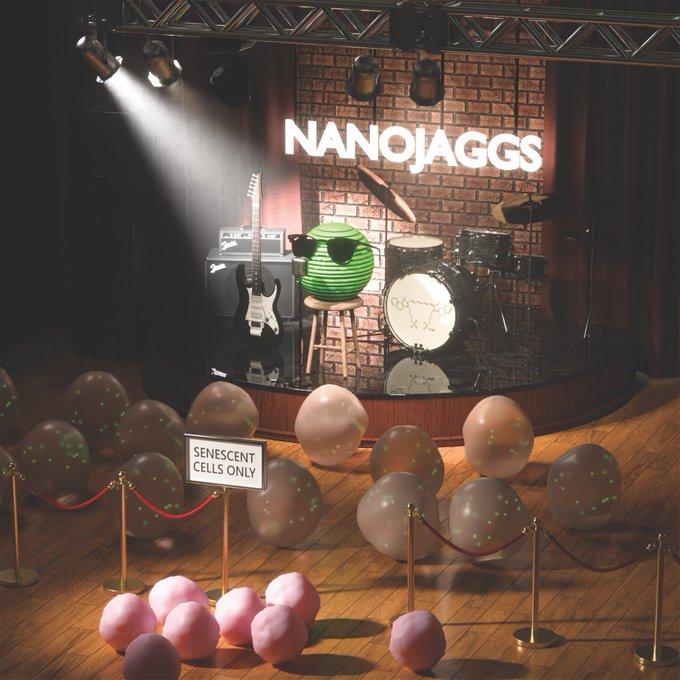
Submitted by Hannah Chang on Thu, 06/06/2024 - 13:22
Early Cancer Institute researchers and their collaborators have developed a probe that might be useful in the future for imaging patients’ responses to cancer therapy.
The research, led by Early Cancer Institute group leader Daniel Muñoz-Espín and Ljiljana Fruk of the Department of Chemical Engineering and Biotechnology, University of Cambridge, was recently published in the journal Angewandte Chemie International Edition. The work exemplifies the Early Cancer Institute’s commitment to supporting interdisciplinary collaborations: it included a collaboration with Dr Sarah Bohndiek (Department of Physics and CRUK Cambridge Institute). The study was conducted primarily by Dr Andrew Baker, who was co-supervised by Daniel and Ljiljana.
The researchers investigated ways to image cell senescence, which is a response to damage and stress in cells; accumulation of senescent cells is associated with multiple age-related and chronic disorders including, among others, cardiovascular diseases, neurological disorders, fibrosis and cancer. They developed a nanoparticle-based tool, called NanoJaggs, that can be used to visualise senescent cells in a living animal.
In this work they first showed that NanoJaggs, composed of polymers of FDA-approved indocyanine green contrast agent, specifically light up senescent cells when viewed under photoacoustic tomography (PAT). This happens because the NanoJaggs polymers are selectively taken up by senescent cells through a biological process called endocytosis, in a way that differs between senescent cells and normal non-senescent cells. In mice treated with senescence-inducing chemotherapy, NanoJaggs were well-tolerated, and there was an increase in the NanoJaggs signal in the tumour following treatment, suggesting this probe could potentially be used to predict the effectiveness of cancer treatments, and perhaps identify those at risk of tumour relapse or metastasis.
The preclinical data reported in this paper suggest that NanoJaggs could be suitable for clinical translation, following additional studies of their biological properties in living animals. In the future, similar probes might also be developed to carry therapeutic agents and deliver these specifically to senescent cells.
This research was funded by Cancer Research UK, the Engineering and Physical Sciences Research Council, the Medical Research Council, the Royal Society and Darley/Sands Downing College.
Read the article here: https://onlinelibrary.wiley.com/doi/10.1002/anie.202404885
